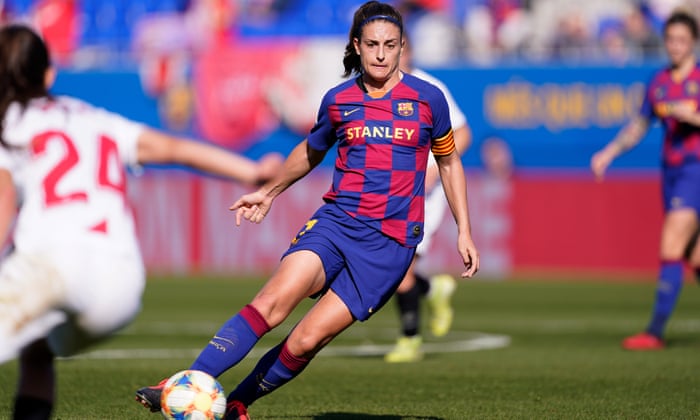Research reviewed: Altered lower extremity movement variability in female soccer players during side-step cutting after anterior cruciate ligament reconstruction. Pollard et al, AJSM. 2015
The prevalence of anterior cruciate ligament (ACL) injuries has steadily been increasing in footballers (soccer players), particularly in the female population.
In the case of a full rupture, most players who want to return to sport undergo an ACL reconstruction (ACLR). A key goal for return to sport is restoring the stability and mechanics of the operated on knee to a similar level of the other knee.
However, studies have shown altered stability and increased variation in movement coupling (specific joint movements are often coupled together functionally during movement) during gait. The researchers in this study took that a step further by examining those coupling movements during sport-specific side-step cutting.
Enjoying the post? Sign-up for instant inbox access
Just enter your email below to get the latest blog updates delivered straight to your inbox. Every post is researched and written by Dr. Rajpal Brar, DPT.
By submitting this form, you are consenting to receive marketing emails from: . You can revoke your consent to receive emails at any time by using the SafeUnsubscribe® link, found at the bottom of every email. Emails are serviced by Constant Contact
The two groups were 10 female footballers who had underwent ACL and 10 with no ligament injury history as the control group. Each was measured while completing the side-step cutting using 3D kinematic and ground-reaction force technology.
Based on the testing, the former group (ACLR) exhibited a significant variability on four of the seven movement couplings (hip rotation/knee abduction-adduction), hip flexion-extension/knee abduction-adduction, knee abduction-adduction/knee flexion-extension, knee abduction-adduction/knee rotation). Two other couplings (hip rotation/ankle inversion-eversion and knee abduction-adduction/ankle inversion-eversion) showed a trend toward increased variability.
So what does this mean practically? Footballers returning to sport following ACLR may have altered movement variability during sport-specific movements, potentially due to altered neuromuscular control. This variability should be addressed in return to sport programming and ongoing training after returning to sport, with the potential effects of decreasing the known reinjury risk and longer-term risks of osteoarthritis.
If you want to work with us, then please fill out the contact form below. If you appreciate the work and want to support, head over to our Patreon. Thank you for reading and thank you for your time.
Dr. Rajpal Brar, DPT, (@3cbperformance) is a physiotherapist, movement expert, strength and conditioning/fitness coach, sports scientist and mindfulness coach. He runs the LA and online based physiotherapy and athletic performance clinic 3CB Performance and you can subscribe to his Youtube channel (which posts a variety of sports injury, performance, and fitness related content).
